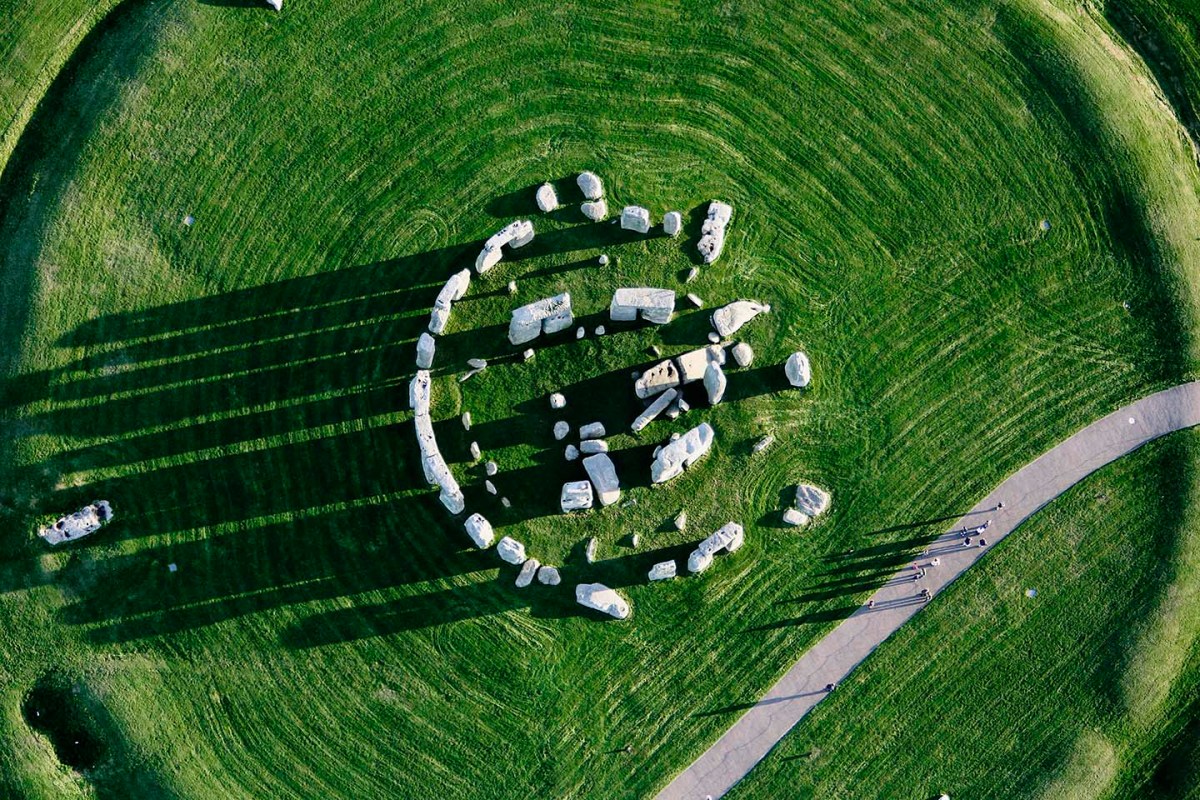Ancient rock structures like Stonehenge could have been created by a single hunter-gatherer culture that dates back nearly 7,000 years according to a new study, Science Magazine reports.
The findings also reveal that the societies in the northwestern region of France were better boaters than previously believed and were spreading their culture by sea.
“This demonstrates absolutely that Brittany is the origin of the European megalithic phenomenon,” Michael Parker Pearson, an archaeologist and Stonehenge specialist at University College London, told Science Magazine.
The research, led by sole author Bettina Schulz Paulsson, began 20 years ago when Paulsson’s obsession with the megaliths took hold after excavating her first monument in Portugal.
Paulsson sifted through massive amounts of data from over 2,400 ancient sites across Europe to create a prehistoric timeline of the monuments. Some of the earliest research material she found date back to 4700 B.C.E., when the area was inhabited by hunter-gathers. She also discovered engravings of sperm whales and other sea life on the stones, leading her to believe that masons could have also been mariners.
By about 4300 B.C.E. the megalith monuments had spread throughout the coastal sites in France, the Atlantic coast of the Iberian Peninsula, and the Mediterranean. Stonehenge was erected around 2400 B.C.E..
Michael Parker Pearson, an archaeologist and Stonehenge specialist at University College London, agrees with Paulsson’s finding that the structures began to pop up first in northwestern France. However, he believes other cultures could have independently developed their own idea to create the megalith monuments.
Thanks for reading InsideHook. Sign up for our daily newsletter and be in the know.


















